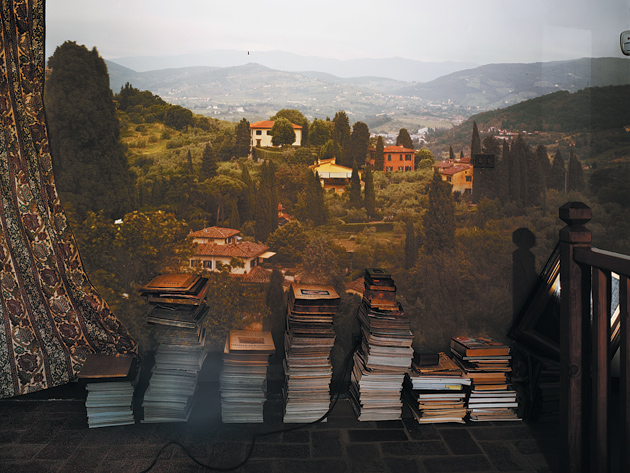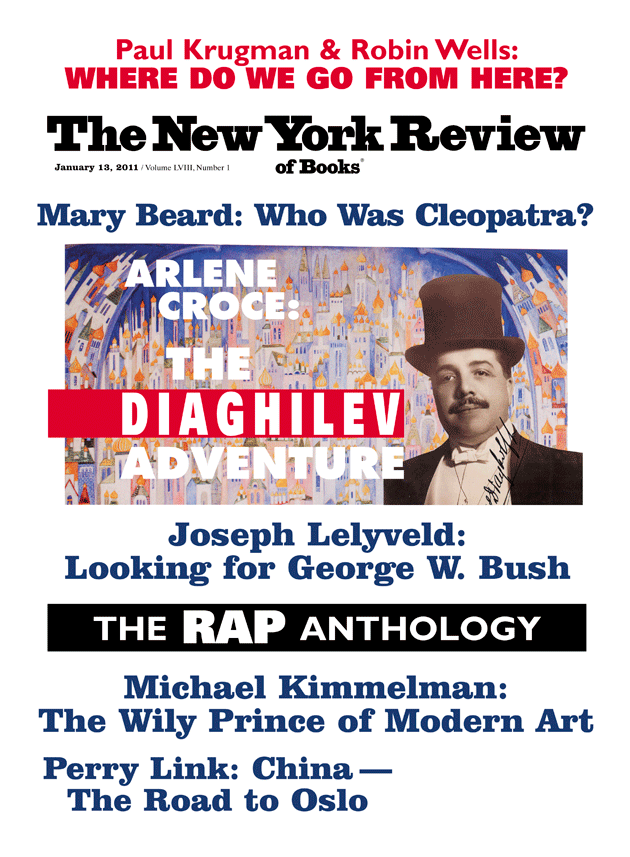For Italian columnist Giacomo Papi, the essence of contemporary society has been revealed once and for all in the way we eat.1 It all started, he maintains, in the 1980s, when bow tie pasta with salmon in cream sauce began to appear on Italian menus:
Cooking began to be an aesthetic experience. Thirty years later, the salmon has been replaced by tuna (tartare, seared, with ginger), risotto is triumphant, the cream has disappeared, and every ingredient comes mysteriously supplied with its own geography…. Thirty years later, it is impossible to eat and discuss some other subject. It is impossible to sit at table without analyzing, forkful by forkful, every flavor and ingredient…as if the experience will be incomprehensible and insipid without commentary. It is the triumph of meta-cuisine. Taste no longer affords pleasure on its own. Just as contemporary art exists only if someone talks about and interprets it, so cooking only lives, these days, in the comments of its consumers.
The consequences of meta-cuisine for society are dire, in Papi’s view:
Food has replaced fashion…. The mouth has become our most important organ. It is a transformation in keeping with our era, which seems to be concerned mostly with channeling its own voracity. Cooking is the art of our time. Because eating is the only sensory, and hence aesthetic, experience that is entirely fulfilled in consumption. By destroying the work of art.
On the other side of the Atlantic, matters are no different. The Eighties “nestled on a bed of crisp lettuce” and Miami Vice went the way of all fern bars, yielding to Iron Chef, Starbucks, and IKEA, and these expressions of the global village begat, in their turn, a certain return to the strictly local: Iron Chef America, Sex in the City, and the apotheosis of Alice Waters. Meta-cuisine triumphs stateside, too; incongruous ingredients and exotic tools have surrendered, as in Italy, to an obsession with origins, a far cry from the Idaho potatoes and Iowa corn of my own youth. For example, Waters’s Chez Panisse recently offered (Tuesday, November 23) such pinpoint precision as:
Bellwether Farms ricotta gnocchi with spinach and nettles
Grilled Wolfe Ranch quail with verjus sauce, wild mushroom ragoût, and parsnip purée
As in Italy, Waters’s preoccupation with the local geography of foodstuffs comes at the exact moment when geography is set to disappear from the globe altogether, now that the world’s countryside threatens to morph into one great, undifferentiated mall. Forty years ago, Italy, California, and China were places profoundly different from one another, places with huge tracts of unspoiled, undeveloped land, where birds and butterflies fluttered in droves and children could wander, coming close to sea creatures, wildflowers, and dragonflies. Little snipes scampered along the beach in my hometown, dodging the waves, and the Pacific’s water wasn’t slimy. Abalone clung to the sea cliffs, plentiful enough to eat. Polar bears roamed the Arctic ice floes as they had for thousands of years.
No one could have imagined that polar bears or the countryside would ever end when my family arrived in Corona del Mar, California, in the mid-1960s. The prevailing fantasy of those years, in that idyllic place, depended in equal measure on Walt Disney and Thor Heyerdahl’s Kon-Tiki; apartments and bars bore names like Outrigger or Aloha Moku, and no one’s patio was complete without a series of flaming tiki torches to lend evening parties the allure of a luau. Since then, however, the collective imagination has turned Corona del Mar into an outpost of Tuscany; the cut of meat that used to be known as a “T-bone steak” is now a “Tuscan Angus,” and I can reach a place called Pienza by driving five minutes south down the Pacific Coast Highway, though this Pienza is considerably newer than the little fifteenth-century city that sits on a glorious hillside two hours north of Rome.
The change in California’s fantasies from the South Pacific to the hills of Tuscany provides one more demonstration, if Italo Calvino and Borges had not provided proof enough, that places are not only matters of geography. There are places that exist in the mind and imagination as vividly as they do on Earth: Tlön, Uqbar, and Orbis Tertius, the Hanging Gardens of Babylon, Valhalla, even Hogwarts. Zion is a dream as well as a mountain near Jerusalem. Sometimes a place will exist both as we first encountered it in a book and also, simultaneously, as it has developed in our own heads or hearts: there is Dante, and then there are the places of the Divine Comedy as Gustave Doré conceived them, or Botticelli.
Advertisement
And in some enchanting cases, the books become a place in and of themselves. When students first come into contact with a parchment manuscript, their reactions can be remarkably visceral: I have seen them hug these ancient books, pet their battered old covers, love them instinctively for the lingering traces of the hands that wrote and illuminated them, and of all the hands that have touched them in the past with the same kind of awestruck love. Machiavelli used to dress in his best clothes when he sat down to read his books; his encounter with their authors, many of them ancient Greeks and Romans, was the most important meeting of his day.
What would Machiavelli or Borges make of the fact that books, at least in the US, seem to be going the way of the countryside, butterflies, and polar bears? For more and more publishers no longer advertise “books”; they advertise, with hammering insistence, “reads”—and reads, abetted by the very brevity of that Anglo-Saxon syllable, are acts of consumption as voracious as the meta-culinary gobble that has turned dinner into an analytical ordeal for Giacomo Papi. A read, of course, can be consummated on a Kindle, on a tablet, or on a computer, as well as between the pages of a book—perhaps that is the point of emphasizing the sale of reads rather than evoking that archaic form in which texts have so long been embodied. But what is the point of relegating Borges or Calvino, Shakespeare or Saint Augustine to a “read”?
What about experiencing a book as a commitment rather than a one-night stand? To be sure, there are times when the soul craves the fast one-shot thrill of a murder mystery, the kind of paperback that you can leave face down and open in a way that you would never leave a Vatican manuscript. Not every writer, however, writes to create a “read.” Thucydides, to name just one, called his History “a possession for all time.” He hoped for reflection from his readers rather than consumption, for rumination rather than one prodigious gobble. A great gulf would seem to be fixed between the Good Book and goodreads .com, and there should be time for both, just as there should be time, once in a while, to eat well without having every meal require an exegesis.
In one respect, at least, the Italians still live in the Old World. An Italian lettura is not a “read” but a “reading,” a word that, apart from its long history of liturgical use among the Peoples of the Book, suggests an experience through time—like its English cognate, lecture. A lettura is a feast on slow food, an act that still retains a hint of ceremony—in fact, Italians still wish each other “Buona lettura,” a fulsome phrase that takes time to say and augurs time spent in the joyous pursuit, not a wham-bam act of literary gluttony.
This Issue
January 13, 2011
-
*
“La Farfalle al Salmone” (Bow Ties with Salmon), D—La Repubblica, November 13, 2010. ↩



